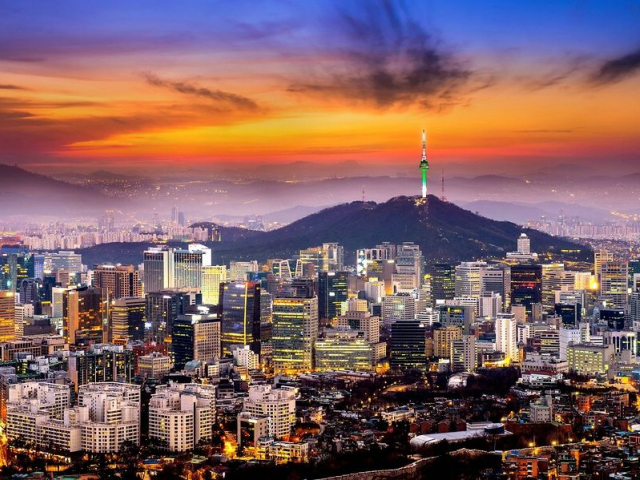
Seoul (South Korea)
This city is a major political, economic and cultural center of South Korea. Its population is more than 21 million people. Seoul is one of the leading financial hubs in East Asia. The city employs about 20 thousand enterprises, including the headquarters of Samsung, LG, Hyundai, Kia and SK. The key industries are trade, engineering, telecommunications, electronics, and construction.
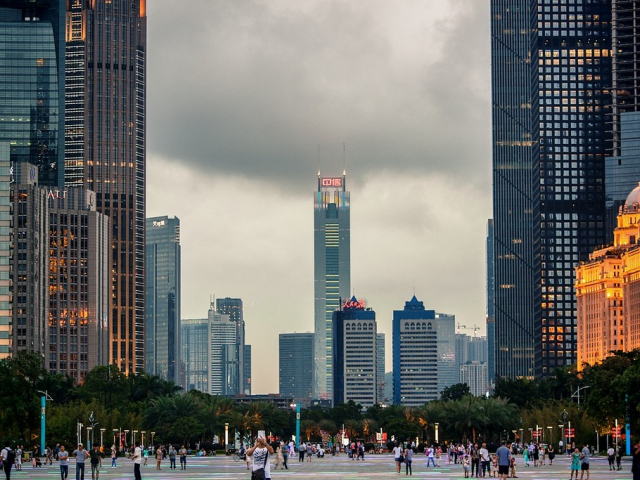
Guangzhou (China)
The city is a political, economic, scientific, educational and cultural center. It is a transportation hub of southern China. Guangzhou’s population reaches a record high of over 44 million people. The city is considered the largest tourist, industrial and financial center of the Middle Kingdom. Nansha District is build up with manufacturing enterprises.Trade and customs organizations are concentrated in the city. Light industry is developed. Guangzhou products from silk, cotton, jute and artificial fibers are known all over the world.

New-York (USA)
New-York is considered an important global financial, political, economic and cultural center. Its population exceeds 13.5 million people. Engineering, textile and chemical production, as well as the food, play an important role in the urban economy. The key industries are construction and development. New-York is famous for its high real estate prices.
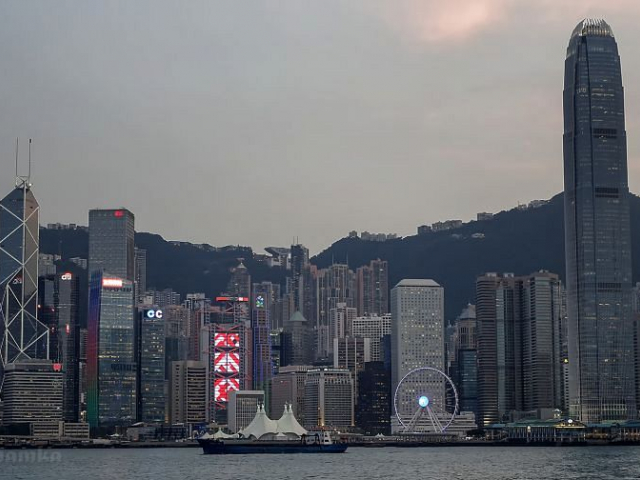
Hong Kong (China)
A city with six million population, Hong Kong has limited cultivable land and scarce natural resources. The Chinese authorities have to import most of the food and raw materials. Hong Kong is characterized by a complex highly developed transport system. It harmoniously combines public and private transport.

Los Angeles (US)
This metropolis is practically equal to New York in population density, which reaches almost 13.5 million people. Los Angeles is a major industrial and economic center in the western part of the USA. The leading industries providing economic development of the city are foreign trade, film industry, defence, aerospace and oil refining industries, electrical engineering, car and instrument-making, and food industry. Oil production is carried out on the territory adjacent to the city. Biotechnology is actively developing in Los Angeles.
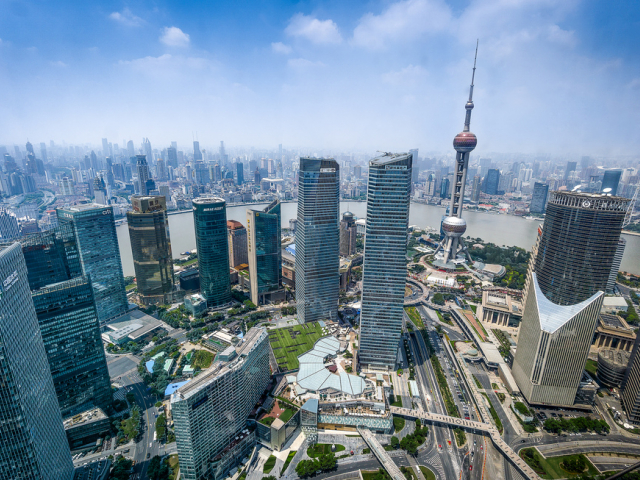
Shanghai (PRC)
In Shanghai, a city with a population of almost 24 million people, there are automobile factories, computers, electronic equipment and semiconductors manufacturers, as well as metallurgical, engineering and petrochemical plants. There are enterprises for the acquisition of telecommunication equipment, medical equipment and the production of medicines in the city.
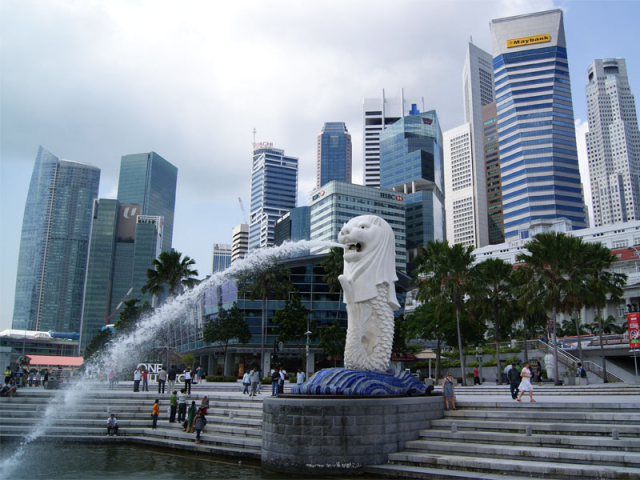
Singapore
Singapore is a country with a population of slightly more than 5 million people. It has developed electronics production and shipbuilding including a well-functioning financial services sector. A large-scale biotechnology research is сarried out in Singapore. The state economy is heavily dependent on exports, especially in the field of consumer electronics, information technology and pharmaceuticals.

Chicago (US)
Chicago, a metropolis with a little more than seven million people, is the economic, industrial, transport and cultural capital of the Midwest. The city is the second financial center of the United States after New York. Chicago is the largest transportation hub in North America.
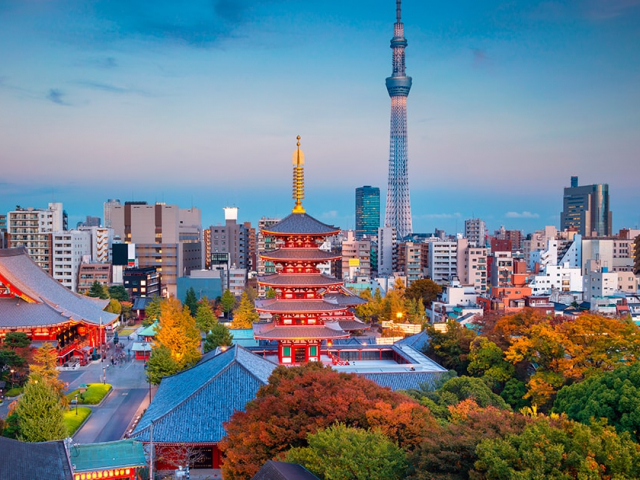
Tokyo (Japan)
Tokyo is a metropolis with a population reaching 33 million people. Engineering is the key industry. The production of electrical goods and high-tech devices - cameras, watches, optical lenses, etc., plays a leading role in the industry. The industry of machines and apparatus assembling, as well as spare parts manufacturing is another important industry in Tokyo. The assembly enterprises account for 50% of the Japanese market.
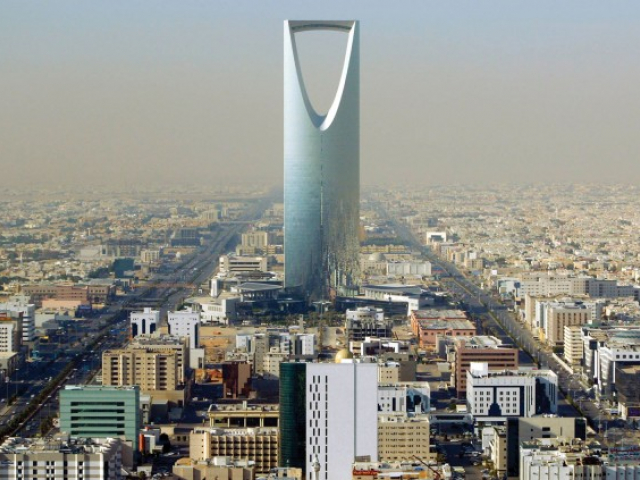
Riyadh (Saudi Arabia)
Riyadh is a city with a population of more than 5.5 million people. All central government offices are concentrated in the city. They date back to 1955, and since then their location has not changed. Industry in the metropolis is practically absent. However, there is a huge number of shops, restaurants, coffee houses, museums and educational institutions.
 English
English 
 Русский
Русский Bahasa Indonesia
Bahasa Indonesia Bahasa Malay
Bahasa Malay ไทย
ไทย Español
Español Deutsch
Deutsch Български
Български Français
Français Tiếng Việt
Tiếng Việt 中文
中文 বাংলা
বাংলা हिन्दी
हिन्दी Čeština
Čeština Українська
Українська Română
Română
